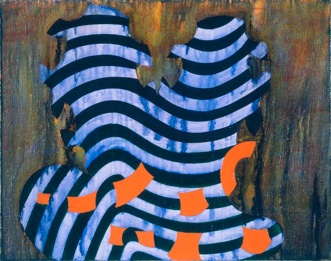My Practice
The manual osteopathic practitioner performs both a medical history and a manual (physical) assessment. In this way the manual osteopathic practitioner listens to the patient with his ears and with his hands.
Manual Assessment
Osteopathic assessment employs testing techniques developed over 130 years by manual osteopathic practitioners over the world. When properly applied, these testing techniques reveal not only what needs to be done but in what order to best help the patient.
A person’s body suffers from its existence in gravity. In addition, our bodies are influenced by heredity, lifestyle as well as physical and emotional stressors (trauma). Although the body adapts, this adaptation requires additional energy for its maintenance thus placing additional stressors on other structures and systems.
Interpreting this adaptive pattern is the sine qua non of each osteopathic manual assessment and arguably the most powerful tool used by a manual osteopathic practitioner.
In my practice of osteopathy, I strive to employ a refined manual assessment using a sustained, insightful application of the osteopathic tenets. Assessing in this way ensures a treatment unique to each person. Each person will have a unique adaptive response to the many stressors in his or her life.
Manual Osteopathic Technique
The most effective osteopathic treatment begins with the acknowledgement that each person’s condition is unique. In this regard, an osteopathic patient arrives with the information that shows the osteopathy practitioner the best way back to health. Proper manual assessment connects the symptoms of each patient and dictates the techniques to be used to address the cause of that particular person’s problem.
Precise osteopathic technique is aimed at returning problematical structures of the body to a normal, functional state in order to optimize the body’s ability to function. These techniques help the body regain its balance, health and vitality.
The manual osteopathic practitioner insures that troublesome structures (no matter what those structures might be: artery, vein, lymph channel, nerve, bone, muscle,fascia or organ) are in their proper position and thus able to move freely in order to receive and return the fluids necessary for health without deranging neighbouring structures. The manual osteopathic practitioner then selects techniques suited to the problematical structure aimed at optimizing the body’s ability to heal itself.
I apply the osteopathic tenets to a wide swath of troublesome problems like chronic pain, migraine, attention deficit syndrome, digestive problems including acid reflux, bloating and constipation, inflammatory problems, post-operative complications as well as all manner of medical problems and sequelae.

The most effective practice of osteopathy combines two distinct areas of expertise: manual assessment and osteopathic technique. Both of these are guided by an application of the osteopathic principles.